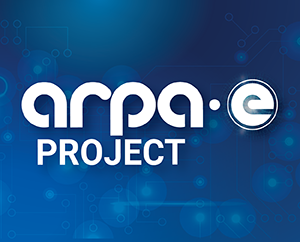Additive Manufacturing of Ultrahigh Temperature Refractory Metal Alloys

Technology Description:
Current alloys used in gas turbines operate at about 90% of their melting temperature, which sets a limit on achieving higher temperatures. Refractory metal alloys (RMA) have the capability to enable continuous operation at 1300°C and with compatible coatings along with cooling systems to allow for gas inlet temperatures to reach 1800°C. The high RMA melting temperatures present challenges for traditional manufacturing methods, however. Incorporating the concurrent development of system design and materials, the University of Wisconsin will use a novel additive manufacturing approach based upon a thermodynamically guided alloy selection, high-throughput materials synthesis and characterization using reactive synthesis of powders, a new dimensional number to predict processing parameters, and an innovative processing scheme to fabricate test coupons and potentially turbine components. These advances will transform RMA manufacturing by enabling cost-efficient and large-scale fabrication of components.
Potential Impact:
Combining development of new ultrahigh temperature materials with compatible coatings and manufacturing technologies has the potential to increase gas turbine efficiency up to 7%, which will significantly reduce wasted energy and carbon emissions.
